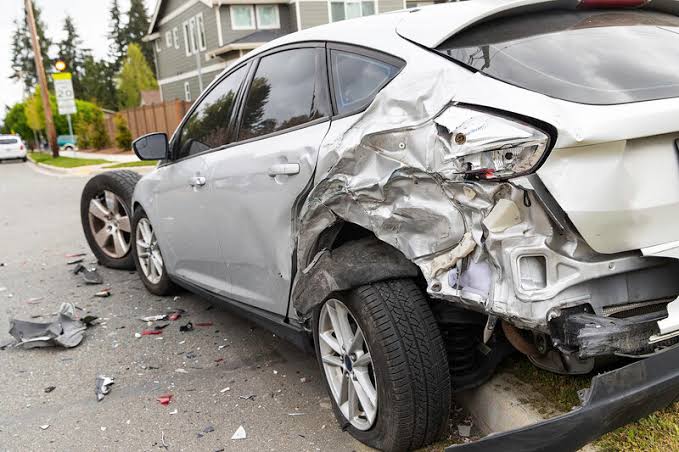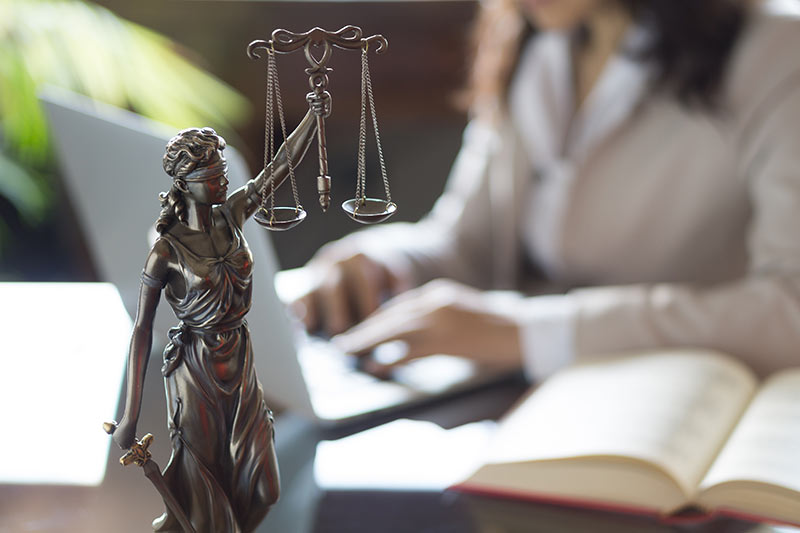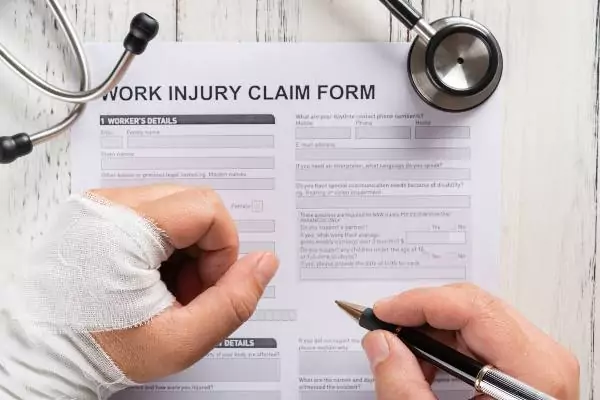Accidents are nothing but stressful events that are full of confusion and generally overwhelming.
Accidents, where the driver who was at fault leaves the scene, especially in what is referred to as ‘hit-and-run’ makes it even worse.
It becomes important to gather as much information as possible to aid the police in arresting the offender and making sure the guilty are punished.
Here is a short guide with simple steps on how to collect evidence after a hit-and-run accident in order to turn a confusing event into a step-by-step process.
One thing that you should always remember is that if you were involved in a hit-and-run accident case, you should contact a reputable personal injury lawyer in Houston.
Calm Down and Safety First
It is crucial for the victims to be given proper care after an accident because this is usually a confusing time.
The first step is to remain as composed as possible while considering one’s own safety or that of any individuals in the car.
If you are not critically injured, then you should move to the side of the road or any other safe place where cars are not likely to hit you.
Switch on the car hazard light so that other drivers can notice, and if possible, stay close to the scene to gather as much information as possible.
Call Emergency Services
As you attempt to gather any evidence, first, it is essential to call the emergency services.
Call 911 and inform the police about the accident and if anyone requires medical attention, ask for an ambulance.
It also helps the police and medical personnel to reach the scene on time and secure it, offer first aid to the injured, and facilitate the documentation of the incident.
Gather Information
After you have secured the area and dialed the emergency, it is important to begin gathering information. Here’s a step-by-step breakdown of what to look for:
Witnesses:
Find out and contact any witnesses who were present at the crime scene. Request their name, phone number, or other address and a short description of what they witnessed.
Eyewitnesses are very useful in recreating the accident scene and giving information about the escaping car.
Vehicle Details:
If you saw the car with your own eyes, try to recall some of its characteristics. Important information includes:
- Details of the vehicle include the make, model, and color of the automobile.
- License plate number (it is advisable to provide at least part of the number)
- Small and unique details (holes, stickers, etc.)
Driver Description:
If you saw the driver, try to describe him or her and write down any characteristics such as:
- Estimated age, gender, and race
- Clothing or accessories
- Hair color and style
Take Photos and Videos
People tend to believe what they see much more than what they hear or read.
Capture the overall scene from multiple angles:
- Position of vehicles
- Skid marks
- Traffic signs and signals
- Road conditions and weather
Vehicle Damage:
Take pictures of the damages caused to your car or any other property that might have been affected. In this case, detailed photos can be useful in presenting the magnitude of the damage and for backing up your insurance claim.
License Plate and Vehicle Details:
If you see part of the escaping car, take a picture of it. The information might include the license plate number, make, and model of the car.
Note Environmental Factors
Environmental factors may greatly influence the occurrence of an accident. Record details about the environment that could have contributed to the incident.
Lighting:
Collect information on the lighting situation at the time of the accident. This involves all kinds of lights such as streetlights, traffic lights, or any other light source or lack of it.
Road Conditions:
The hazards that one is likely to come across on the road include potholes, debris, or construction zones.
Collect Physical Evidence
Occasionally, drivers flee the scene of the accident and leave behind potential evidence that could help identify them. Look for and collect:
Debris:
Fragments of the vehicle that fled the scene of the crime, such as broken headlights, mirrors, or even shed paint, can be analyzed to determine the type of car the driver is using and its specific model.
Personal Items:
Bearing this in mind, one can figure out that in some exceptional circumstances, a license plate or a bumper sticker, for instance, can be left behind. These can directly connect the vehicle with the driver.
Seek Legal Advice
Hit-and-run accidents often involve complex legal issues. Consulting with a personal injury attorney can help you navigate the legal process and ensure your rights are protected.
Mokaram Law Firm specializes in personal injury cases. They have a proven track record of getting maximum compensation for their clients. So, make sure to contact them if you are involved in any hit-and-run accident.










